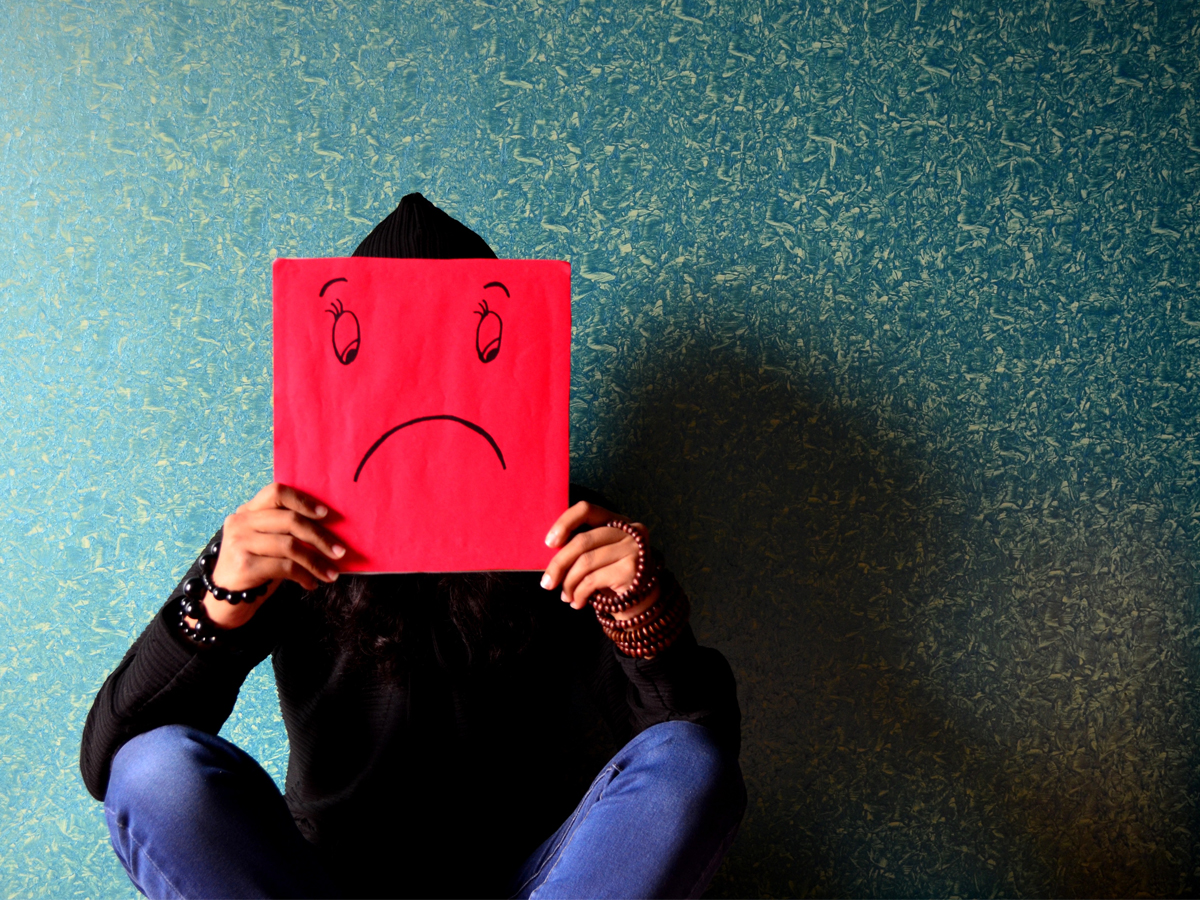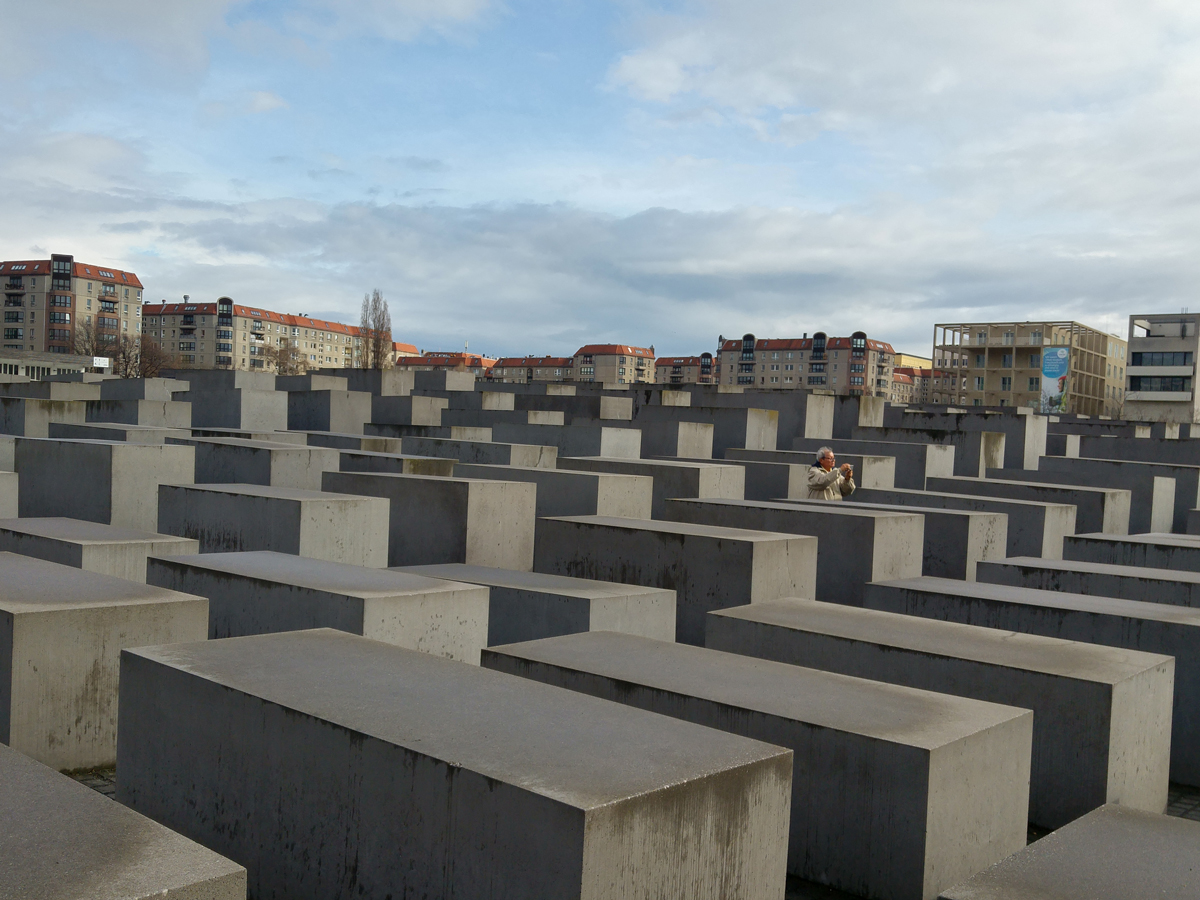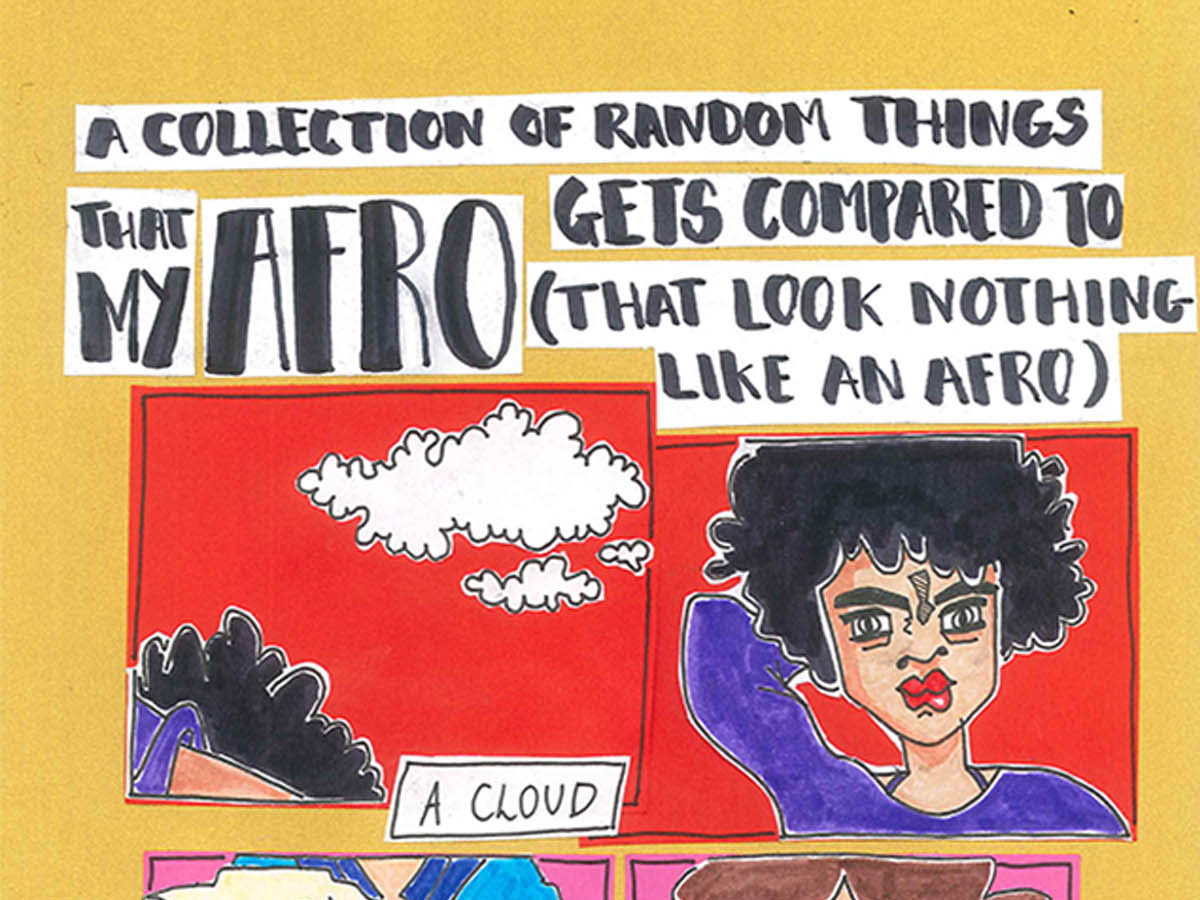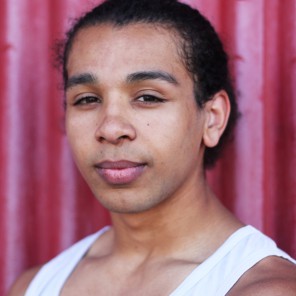Being SAD And How I Overcome It
Alexie talks about Seasonal Affective Disorder and what you can do to chase away the blues.
It’s morning, time to leave, but with the darkness still swallowing the streets, you wouldn’t know it.
September. We all know what that means. Back to school, back to work, the end of summer. It’s morning, time to leave, but with the darkness still swallowing the streets, you wouldn’t know it. As I’m getting ready to leave, an anxious feeling I can’t quite describe overwhelms me. ‘Why is it still dark?’ I ask myself with a sigh. I know why, but it doesn’t help. As I force myself out the house, ready to face another day, I glance up into the sky, and ponder over how long it will be before I’m able to wake up in the morning, to the welcoming glow of the sun.
I have always felt a little less like myself during late Autumn/Winter months. But, for many years I didn’t know why. After the initial buzz from a new academic year grinded to a halt. The nights growing longer, and the daylight shorter, my mind felt as though it was being warped into a new state, just like the tide during a full moon. My days felt a little more cold, bleak, sad. I started to feel more tired throughout the day, at the same time as needing more sleep at night. My mood felt constantly at a low. Day after day I would feel the same unease about leaving the warmth of my bed, that the now distant sun didn’t provide. It started to affect my school work. I felt my creativity was lacking. Even the minutes in an hour seemed less than before. I knew something wasn’t quite right, but at the same time I didn’t really think much of it.
A friend asked if I had heard of SAD before? Sad? The emotion? I didn’t understand what they meant, so asked them to elaborate. Seasonal Affective Disorder (SAD) is a type of depression that comes and goes in a seasonal pattern. It is surprisingly common, affecting over one in 15 people in the UK. But, no one is actually sure what it’s caused by.
It is surprisingly common, affecting over one in 15 people in the UK.
The most popular theory is that a reduced exposure to sunlight, changes the way part of the brain produces certain hormones, increasing amounts of melatonin (a hormone that makes you feel sleepy), as well as decreasing levels of serotonin (a hormone that affects your mood). This, combined with your body’s circadian rhythm (internal body clock) being affected by the decrease of daylight hours, is thought to create a range of symptoms that may have an impact on the way you think and feel.
Learning about SAD was a first step in finding out what was happening to me. But knowing what it might be, didn’t stop me from feeling down. I still felt like I needing to sleep for much longer than usual, found it more laborious to take part in activities I previously enjoyed, just felt a general discomfort in life, as if a shadow was constantly being cast over me. I wanted to know what I could do to help that feeling.
[rife-guide-events]
I figured if I started to be more active, it might boost up my energy and positivity. So, instead of catching the bus, I would cycle or skate instead. Starting off my day with some exercise really seemed to help me feel better. However, only a short duration after exercising, I would begin to feel a familiar anxiousness about my day. Maybe I needed to make some more changes to my lifestyle.
I figured if I started to be more active, it might boost up my energy and positivity.
Talking to my teacher about my concerns towards my tiredness, they told me it could be down to a lack in vitamins. Perhaps a lack of sunlight meant I wasn’t getting as much vitamin D? Advising me to try and fit more sun time into my day and to take some vitamin supplements, with a skeptical mind, I followed the advice. After a few days, it seemed to be helping me to feel less tired. However, I still had an anxious feeling that I couldn’t seem to shake.
SAD is pretty common in the UK, affecting up to 8% of the population, you shouldn’t feel like you are alone. Many other mental health conditions impact many of us in our day to day lives. Being proactive taking steps towards helping yourself can sometimes feel challenging, but it’s really beneficial. Taking measures to preserve your body and mind throughout your day to day life through; regular exercise like going for a run, swim, walk? Even just five minutes of intense bodyweight exercise in your bedroom can help boost your mood. Getting enough sleep, a balanced diet and seeking professional advice when you aren’t sure what to do. All of the following, are a few measures you can take to feel better.
For a lesser percentage of people who are affected by SAD, their symptoms can have a much more negative impact on their lives. Sometimes seriously hindering their education, work, and personal lives. One suggestion doctors recommend is regular exposure to a light box alarm clock. It is specifically designed with SAD sufferers in mind, exposing users to blue UV light which can help to replicate sunlight, aid in hormone production and combat the confusion to your circadian rhythm.
It’s the morning again, time to leave, but it’s still hard to tell with the darkness swallowing the streets. As I’m getting ready to leave, an anxious feeling I can’t quite describe tries to overwhelm me. I feel better knowing my morning cycle commute will help. As I step outside, ready to embrace the new day, I glance up into the sky and think about how many others feel the same longing for spring like me.
Affected? Tell us your coping mechanisms below.










